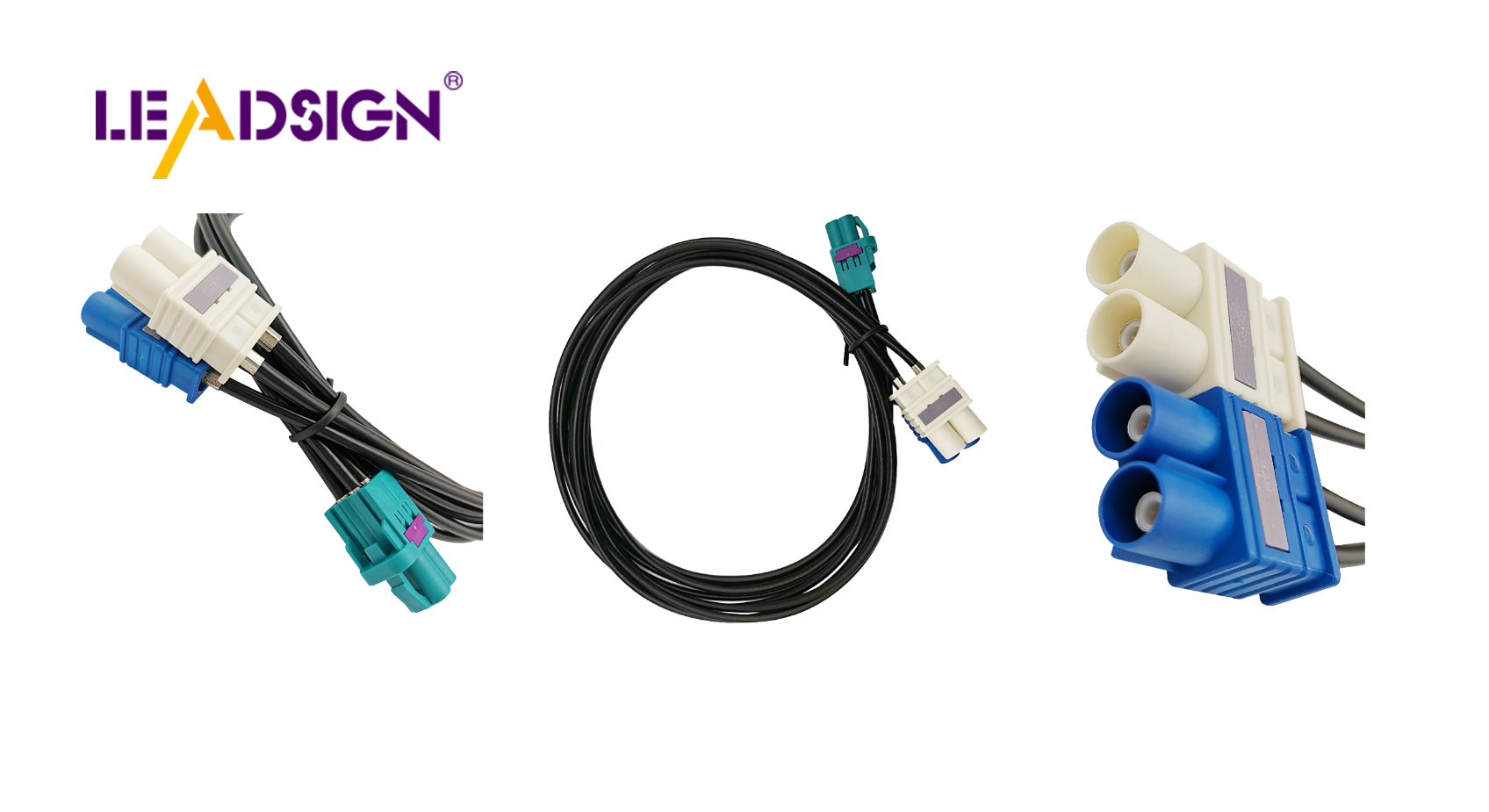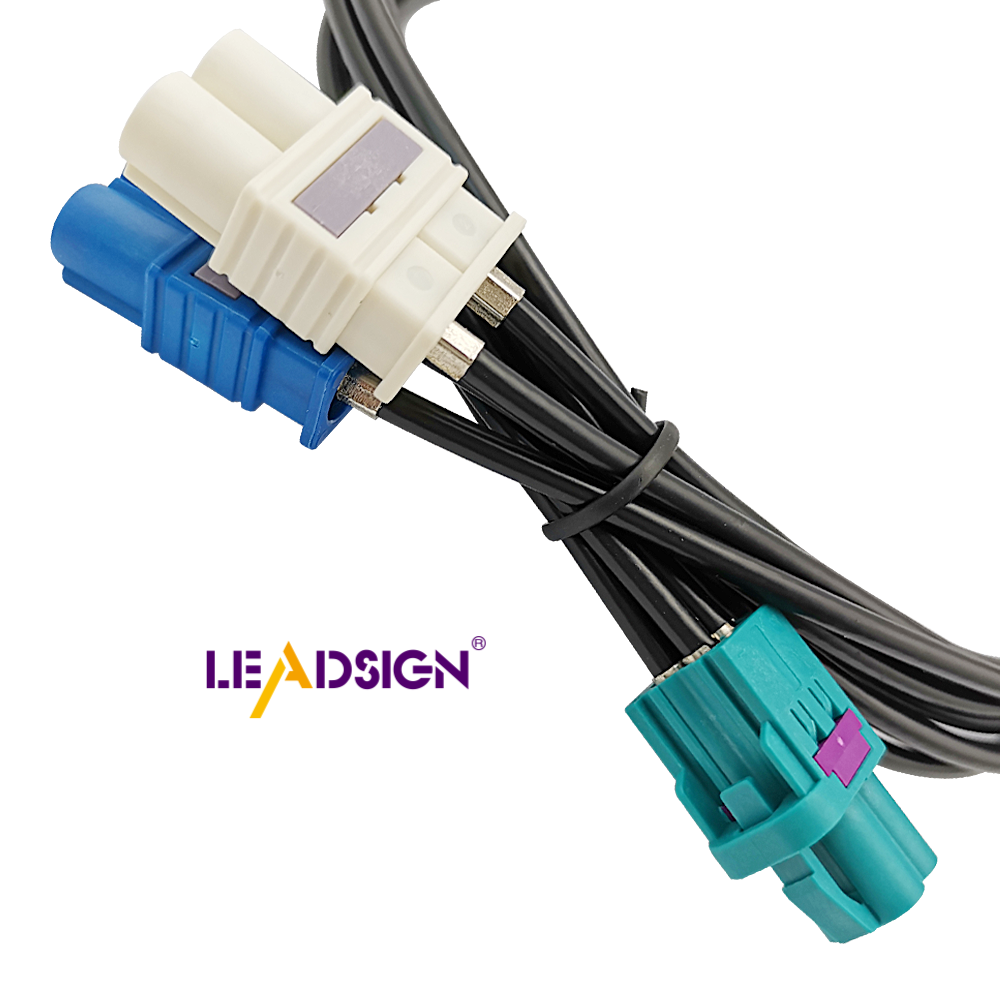Discover the Best 50 Ohm Coax Cable Types

Choosing the right 50 ohm coax cable types is important. It helps things work well in different situations. Some top cables include RG-58, RG-8, LMR-400, and RG-213. Each cable has special features for certain uses. For example, LMR-400 is bendable and great for wireless systems. It often takes the place of RG-8 cables. Knowing these differences among the 50 ohm coax cable types helps people choose better. This makes their setups work more efficiently and reliably.
Learning About 50 Ohm Coax Cable Details
How It's Made and What It's Made Of
How a 50 Ohm coax cable is made affects how well it works. Each part helps the cable send signals properly.
Inside Wire
The inside wire is where signals travel through. It is usually copper or aluminum, which makes electricity flow well. The material chosen changes how good the cable is and its price.
Insulation Around the Wire
Around the inside wire, insulation keeps signals from getting lost. It also keeps the right impedance. Materials like foam or polyethylene are used because they insulate well. The quality of this insulation changes how much signal gets lost and what frequencies it can handle.
Outside Wire and Shielding
The outside wire, often braided or foil, stops interference from affecting signals. This shielding is important in places with lots of interference to keep signals clear. Better shielding means less signal loss.
Outer Covering
The outer covering protects from things like water and sun damage. PVC or polyethylene make it strong and bendy for different uses, even outdoors.
How Well It Works
Knowing how 50 Ohm coax cables work helps pick the right one for each job.
Impedance
A 50 Ohm impedance balances power and voltage well. It works between high voltage (60 Ohm) and high power (30 Ohm), making it good for many uses.
Signal Loss
Signal loss means losing signal strength over distance. Cables like LMR®-600 lose less signal, so they're great for long distances. Insulation and shielding affect how much signal is lost.
Frequency Range
Frequency range shows what jobs a cable can do. Good cables handle up to 20 GHz, useful for new tech like 5G and fast data sending.
Power Capacity
Power capacity tells how much power a cable can carry without breaking down. Cables such as RG-213 are made for lots of power, staying strong with low loss even at high levels.
Where They're Used Most Often
50 Ohm coax cables are used in many ways because they work well everywhere.
Sending Radio Signals
These cables help send radio signals by connecting antennas to transmitters with little loss, good for broadcasting and phones.
Wireless Connections
In wireless setups, these cables link routers to antennas for steady signals indoors or outdoors due to their flexibility and strength.
Sending Data
For data sending, these cables support fast speeds needed in things like 5G networks or self-driving cars by keeping losses low while handling high frequencies.
Top 50 Ohm Coax Cable Types

RG-58
Specifications
RG-58 is a flexible and useful cable. It has a tinned copper braid for shielding, which helps with heat and bending. The inside wire is usually stranded copper, making it easy to use and set up. RG-58 cables are about 5mm wide, fitting well in tight spaces.
Best Use Cases
RG-58 works great for short radio signals and wireless setups. Its bendiness makes it good for mobile or temporary uses. People use RG-58 to link antennas to radios in hobbies like CB radio. Its small size and ease make it popular with both hobbyists and pros.
RG-8
Specifications
RG-8 is strong and handles lots of power. It's thicker than RG-58, about 10.3mm wide, so it carries more power with less signal loss. The inside wire is solid copper, giving it good conductivity.
Best Use Cases
RG-8 is best for high-power tasks like linking big antennas in broadcasting. It works well over long distances where keeping the signal strong matters. People pick RG-8 for fixed places where its bigger size isn't an issue.
LMR-400
Specifications
LMR-400 is a new type of coax cable that balances flexibility and strength. It can replace older RG-8 cables but bends better while handling similar power levels. LMR-400 has a solid copper wire inside with double shielding to keep signals clear.
Best Use Cases
LMR-400 is great for connecting antennas in wireless systems because it's easy to route even in tricky spots, indoors or out. It's often used for long cable runs like linking antennas to base stations in cell networks due to its good shielding.
RG-213
Specifications
RG-213 is a strong 50 ohm cable. It works really well. It has a solid copper wire inside for good signal flow. The cable is about 10.3mm wide, so it handles lots of power. It has special insulation to keep signals clear and steady at 50 ohms. This helps signals stay strong over long distances.
The outside part of RG-213 has braided copper shielding. This stops interference from messing with the signal, even in busy places. The outer layer is made of PVC, which keeps it safe from water and sun damage. These features make RG-213 tough and useful in many situations.
Best Use Cases
RG-213 is great when you need high power and low signal loss. It's perfect for radio systems where keeping the signal strong far away matters a lot. Broadcasters like using RG-213 to connect transmitters to antennas.
In wireless setups, RG-213 handles high power without losing performance. It's easy to install inside or outside because it's flexible. Its good shielding makes it great for sending data clearly.
Overall, RG-213 is a dependable choice among cables like this one. It can handle tough conditions while keeping signals strong and clear in many different uses.
Picking the Best 50 Ohm Coax Cable for You
Choosing the right 50 ohm coax cable helps things work well. Knowing what to look for makes choosing easier.
Things to Think About
What You Need It For
Different jobs need different cables. RG-213 is great for strong signals and long distances. Check how much power you need before picking a cable.
Where You'll Use It
Where you use the cable matters a lot. RG-213 is tough against sun and rain, so it's good outside. If it's going in rough places, pick cables with strong covers like PVC to keep them safe.
How Much You Can Spend
Money affects which cable you get. Good cables like RG-213/U stop signal loss but cost more. Find a balance between what you need and your budget.
Tips for Choosing Well
Ask the Experts
Talk to people who know about cables. They can help you choose by sharing their knowledge and experience.
Read Reviews
Look at reviews from other users. They tell what's good or bad about each cable type, helping you decide if it fits your needs.
Try Them Out
Test cables to see how they work in real life. Check if they handle power well and last long under normal use. This way, you're sure the cable works before using it fully.
By thinking about these points and following these tips, you'll pick the right 50 ohm coax cable that works best for your needs.
Knowing about 50 ohm coax cables helps you choose well. RG-58, RG-8, LMR-400, and RG-213 are different. Each is good for certain jobs. Think about what you need the cable for. Also, consider where you'll use it and how much money you have.
Experts say, "Picking the right cable makes things work better."
Look at both the details and what you need to find the best one. This way, your setup will work well and send signals efficiently.
See Also
Harnessing FAKRA Coaxial Cable's Full Potential
Maximizing the Benefits of FAKRA Cable Connectors
Exploring the Advantages of FAKRA Cable Connectors

